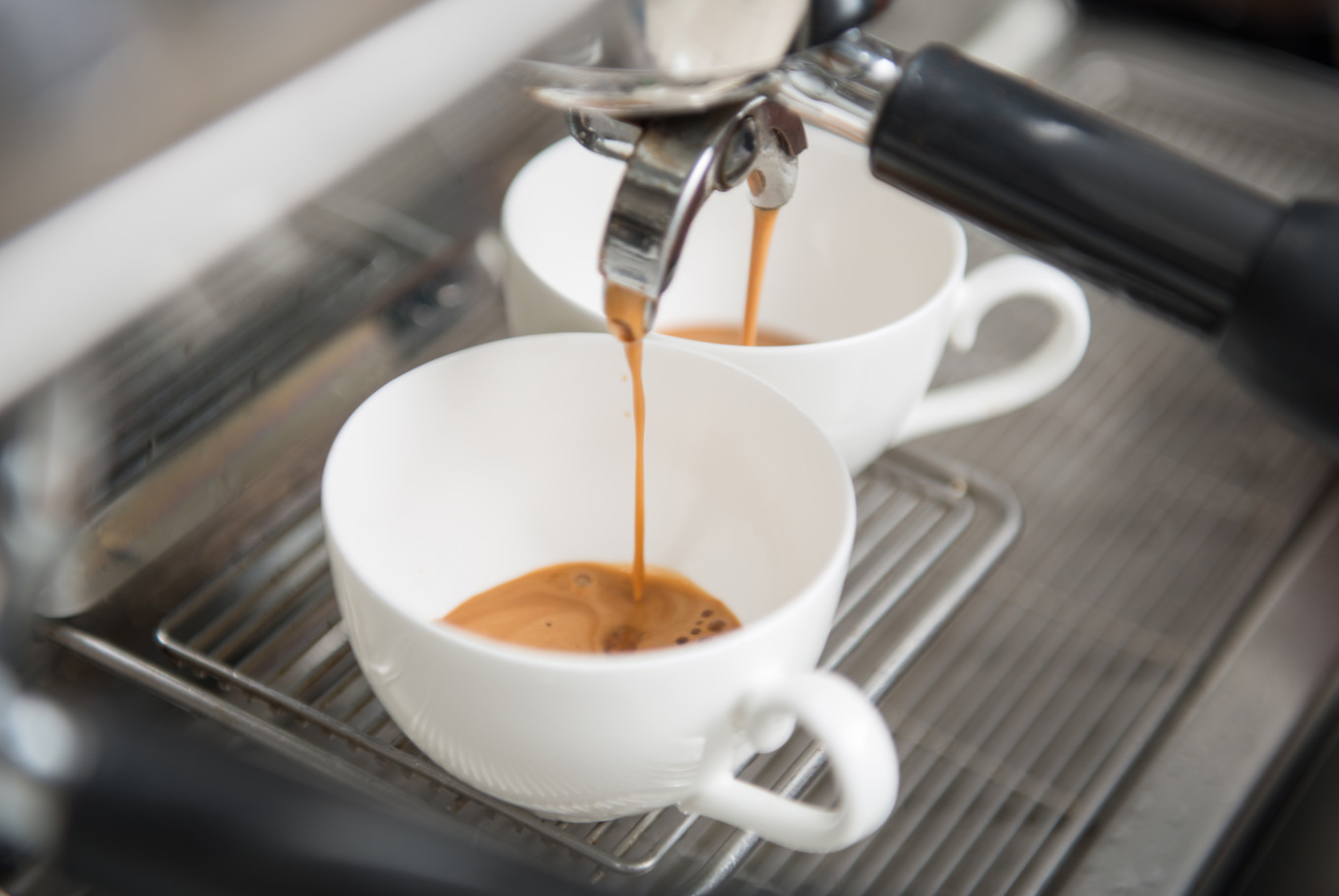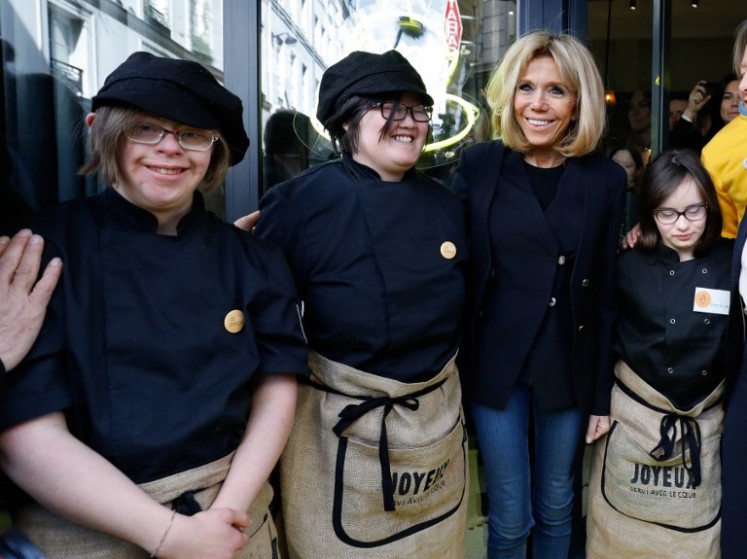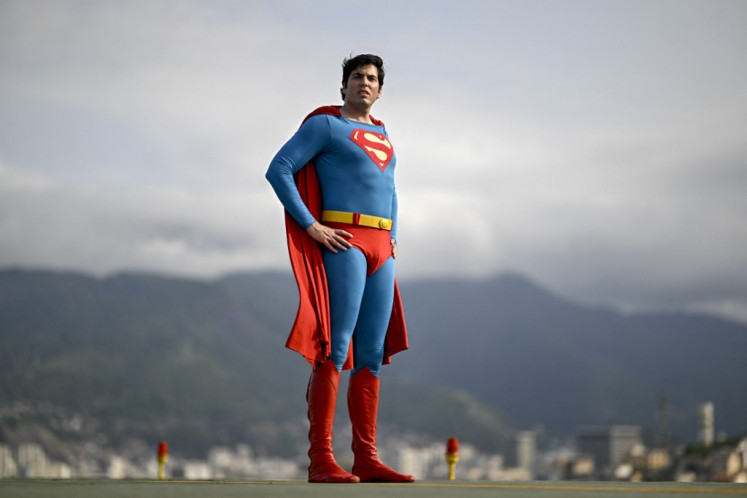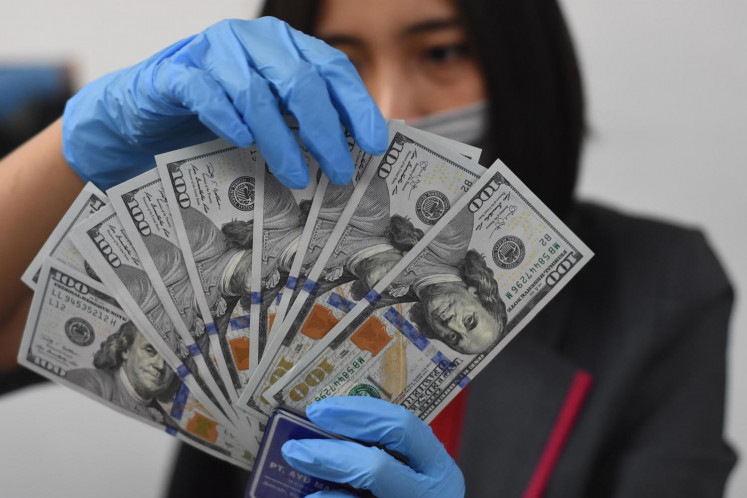Coffee in the new normal era: The end of coffee shops?
For Indonesians, coffee has always been more than just a simple caffeine-kick. Sipping coffee is a social ritual meant to be shared on the table with family and friends.
Change Size
 Among the many brewing methods, from instant coffee to having an automatic espresso machine, one of the most popular choices is drip coffee, which is very easy and promises the freshness that instant coffee lacks. (Shutterstock/YAKOBCHUK VIACHESLAV)
Among the many brewing methods, from instant coffee to having an automatic espresso machine, one of the most popular choices is drip coffee, which is very easy and promises the freshness that instant coffee lacks. (Shutterstock/YAKOBCHUK VIACHESLAV)
I
n recent years, Indonesia has seen rapid growth in coffee consumption. From less than 0.5 kg per capita in 2013, the number reached more than 1.1 kg per capita in 2019. Thousands of coffee shops were popping up across the country on a yearly basis. Then COVID-19 struck and changed completely the way we drink coffee.
For Indonesians, coffee has always been more than just a simple caffeine-kick. Sipping coffee is a social ritual meant to be shared on the table with family and friends. Indonesians love to hangout and a coffee shop, be it in the form of Instagram-able artisan joint or warung kopi (street-side peddler), is the perfect place to sit for hours and chat. Especially in rural cities like Bengkulu or Pontianak in West Kalimantan where life may not be as hectic as in the capital city, residents can gather in kopitiam, traditional coffee shops commonly found in Southeast Asia, for up to three times a day: in the morning, after lunch and in the evening. Even coffee shop brands that thrive as takeaway coffee in big cities have had to reassess their strategy to enter the market by providing sitting spaces.
Six months into the outbreak, coffee shop visitors are scarce. Even when the large-scale social restrictions were partially eased by the government and with health precautions implemented by coffee shops, at best the recovery has only reached 30 percent of the levels seen in the pre-COVID era. If we put aside the economic impact of customers' spending and focus on their behaviors, there are two noticeable things: (1) those who view coffee as a social tool might stop or reduce their coffee purchases and (2) those who have adopted coffee as a daily need will seek an alternative for their coffee supply.
The most obvious option is on-demand coffee delivery. This business model works better in Indonesia due to the fact that logistics costs here are very affordable. Delivery fees for up to around 3 kilometers can be less than US$1 versus the US$4-5 charged in developed countries, such as our neighbor Singapore. Local e-commerce giants have also dedicated a special page in their marketplaces for coffee orders. In light of product innovation, coffee shops introduced the 1-liter bottle for customers to consume at home. For the first few months of the pandemic, the method worked wonderfully.
Another option is brewing coffee at home. Home-brewed coffee such as Dalgona coffee became such a hype back in March. Among the many brewing methods, from instant coffee to having an automatic espresso machine, one of the most popular choices is drip coffee, which is very easy and promises the freshness that instant coffee lacks. People soon realized how much they could save by brewing their own coffee. A single serving of freshly brewed coffee can cost less than Rp 10,000 (less than US$1), compared to Rp 40,000 or Rp 50,000 commonly charged by coffee shops.
In office settings, it is slightly different. In a bid to protect their employees’ safety, many companies have installed coffee vending machines. Employees can make purchases on their own expense instead of having to queue in an exposed public area. The idea is to reduce any unnecessary social interaction in the working environment. Like brewing coffee at home, a cup of freshly brewed coffee from such machines typically costs around Rp 10,000, making it a much more affordable option.
With so many behavioral changes and alternative coffee options, what remains to be seen is whether coffee shops can continue to charge premium prices to customers. A coffee shop is a business that sells experiences. The smell of coffee being grounded, the sound of steaming milk to the cozy ambience one dreams to have at home; these are why customers are willing to pay premium prices. Such experience was also the unique selling point that propelled Starbucks to becoming the biggest coffee chain in the world. In Q2 2020, Starbucks reported a decline of more than US$3 billion in revenue and is on track to close down 400 stores across the United States. In turn, it plans to expand its number of pick-up stations and drive-thru only outlets. If the entire coffee experience is reduced to nothing else but the taste itself, the question that remains is: how much are customers willing to pay for a cup of coffee? (wng)
***
The writer is a cofounder of Jumpstart Coffee, a start-up that combines technology with traditional coffee brewing methods. Before founding Jumpstart in 2017, he was a national business analyst for Semen Merah Putih.










